Beaverlab Finder TW2 review: a budget telescope with a novelty astrophotography feature
This inexpensive small refractor comes with a bolt-on camera and app for taking images of the moon and sun, but it's no smart telescope
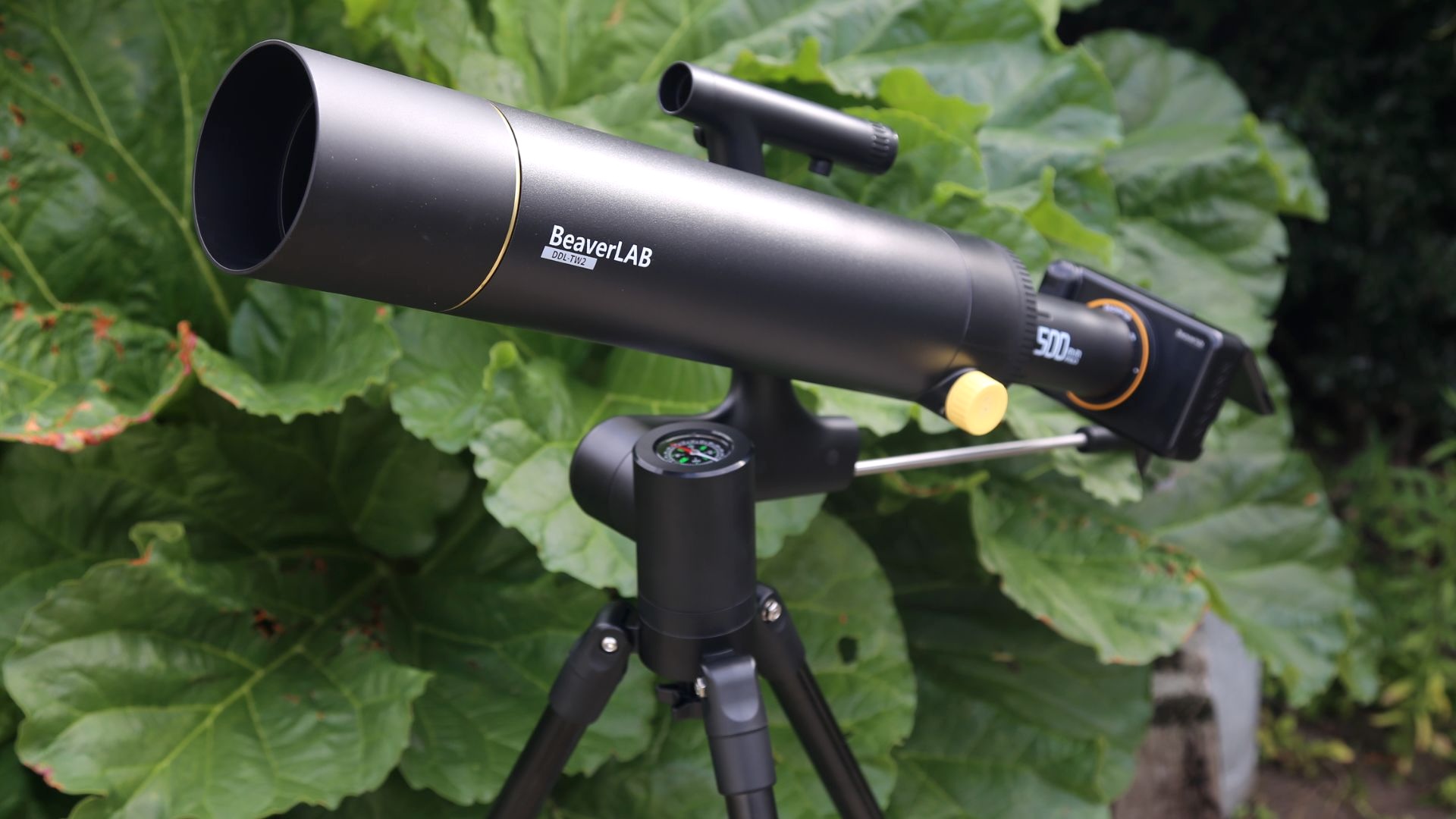
An affordable telescope that can easily take images of the moon and sunspots on the sun thanks to a planetary camera will please some, but a flimsy build quality and a lack of optical prowess hamper the Finder TW2. It's an enjoyable distraction but little else and won't trouble the nascent smart telescope market.
-
+
Easy to image the moon
-
+
Solar filter included
-
+
Inexpensive package
-
+
Very lightweight
-
-
Poor build quality affects performance
-
-
Challenging to lock on to targets
-
-
Lacks fine-tuning controls
-
-
Ineffective AI modes
Why you can trust T3

The Beaverlab Finder TW2 is not a smart telescope, but its design makes it unique. This 82mm/3.2-inch refractor is one of a kind in that a lightweight plastic camera can be attached to it in place of an eyepiece.
If you've ever tried to take an image of the moon by holding your smartphone's camera lens up to a telescope's eyepiece, you'll know it's a tricky maneuver. The Finder TW2 makes that easy, recording both 8MP photos and 4K video to its camera's built-in storage and providing an app to control it, fetch the images, and download them to a smartphone.
It may sound like an astrophotographer's dream, but the Finder TW2 needs some context. It's a small telescope. It's also a budget device, with its lightweight design and plasticky build quality that seriously affects its usefulness for observing the night sky and taking astro-images.
Is the Finder TW2 a groundbreaking all-in-one telescope that makes astrophotography affordable and attainable for all, or is it a mere distraction that should be swerved by anyone after one of the best telescopes for stargazing, such as the Vanois Vespera II, ZWO Seestar S50 and Unistellar Odyssey? Here’s everything you need to know about the Beaverlab Finder TW2 telescope.
Beaverlab Finder TW2 review
Price and availability
First announced in August 2024, the Finder TW2 is a low-cost telescope from Shenzhen, China-based Beaverlab, which specializes in unusual optical products. In recent years, it's produced microscopes with large HD screens and, most recently, the Excope DT1, an enormous telephoto lens for smartphones that's now on Kickstarter.
The follow-up to the Finder TW1, which sells for $299 / £227 / AU$549, the Finder TW2 is now on Indiegogo and costs from $329/£249 if backed now, with final pricing set to be at $499/£378. It's set to go on sale in September 2024.
Specifications

- Optical design: Refractor
- Objective lens diameter: 82 mm/3.2-inch
- Focal length: 500 mm/19.69-inch
- Focal ratio: f/6.1
- Software supplied: Beaver app
- Mount: Alt-az
- Tripod: Proprietary
- Weight: 3.8kg/8.38lbs
- Storage capacity: 30 GB
- Battery life: six hours
- Connectivity: WiFi
- Level: Beginner
Features and what's new
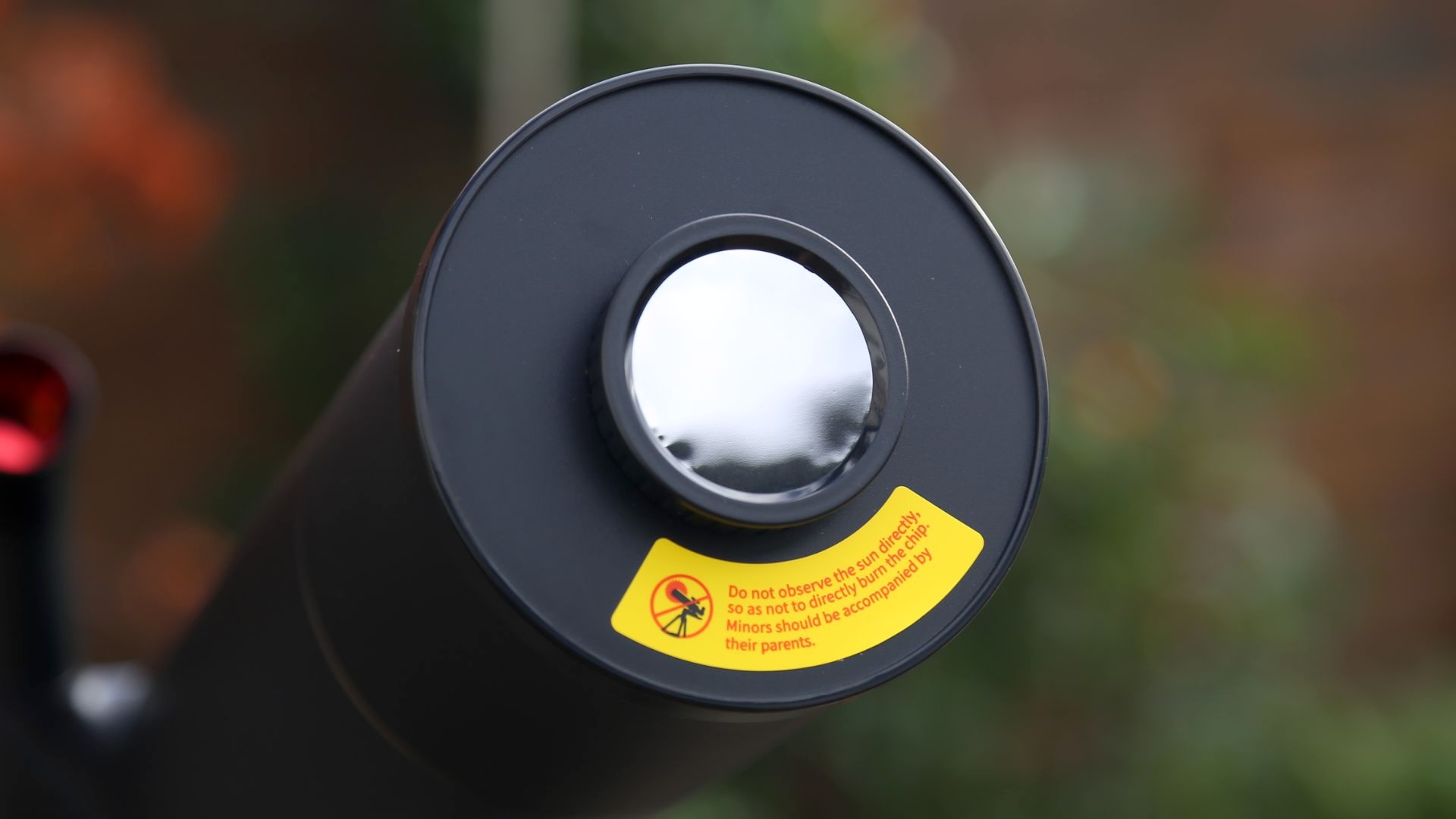
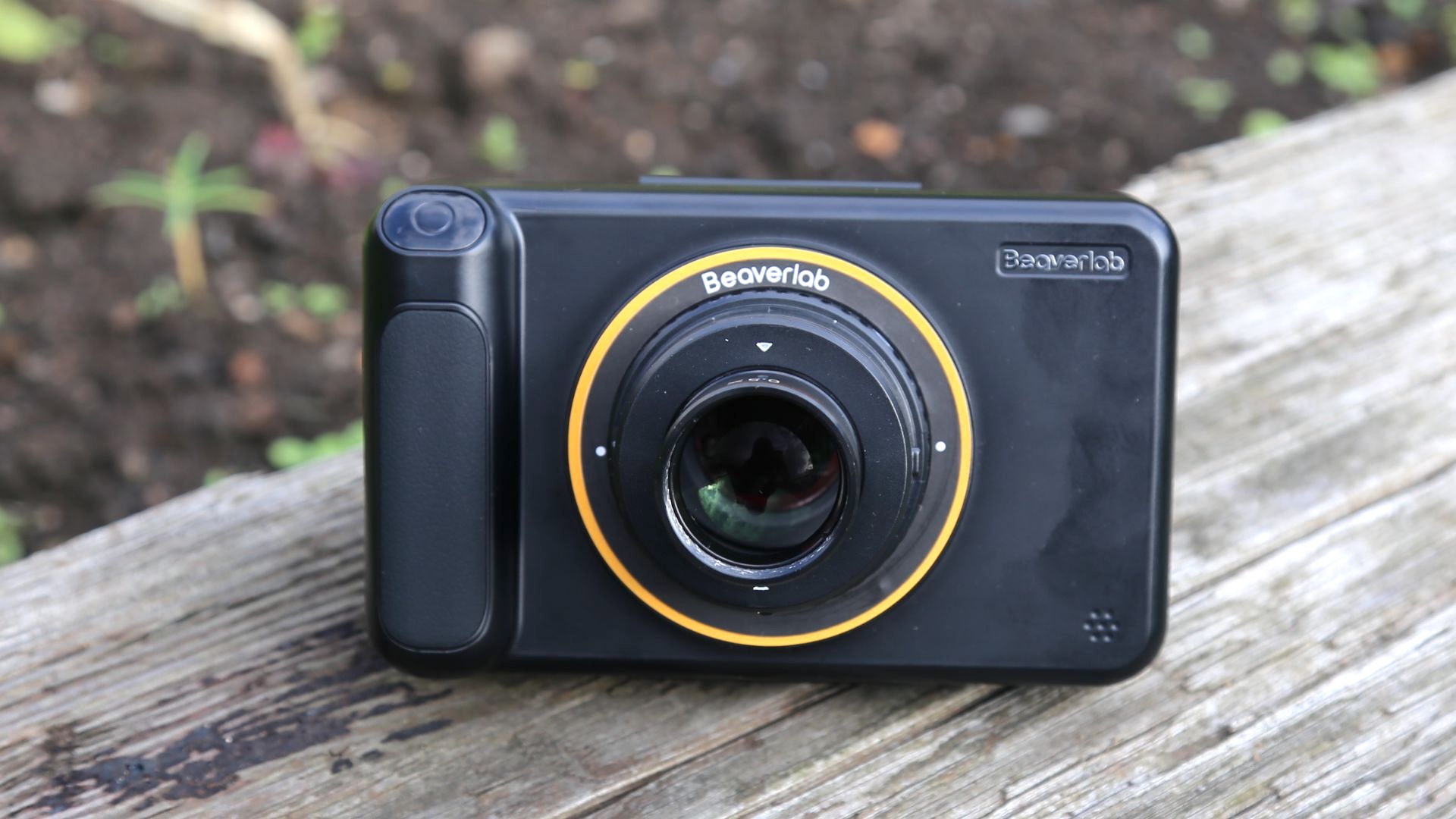
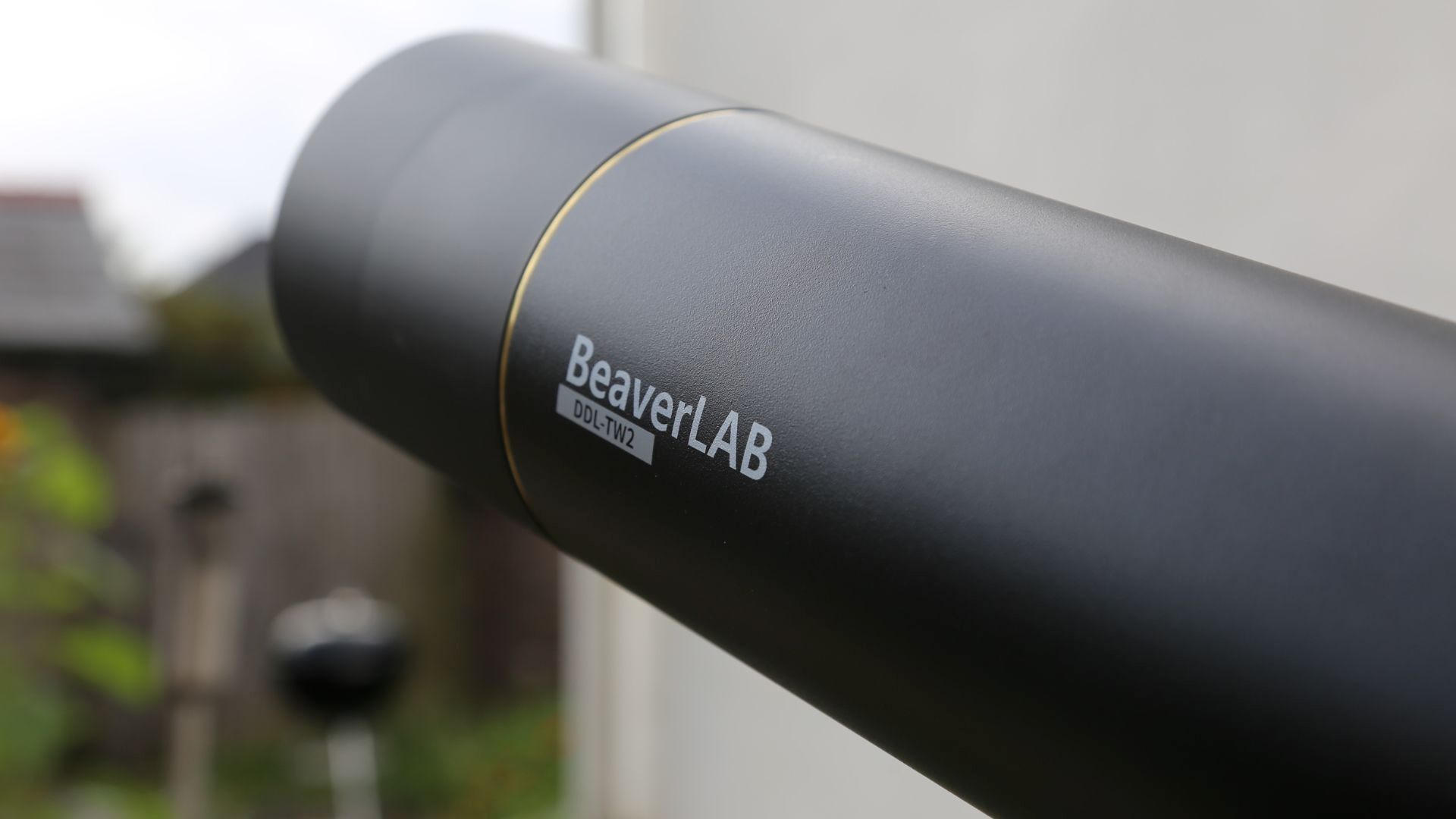
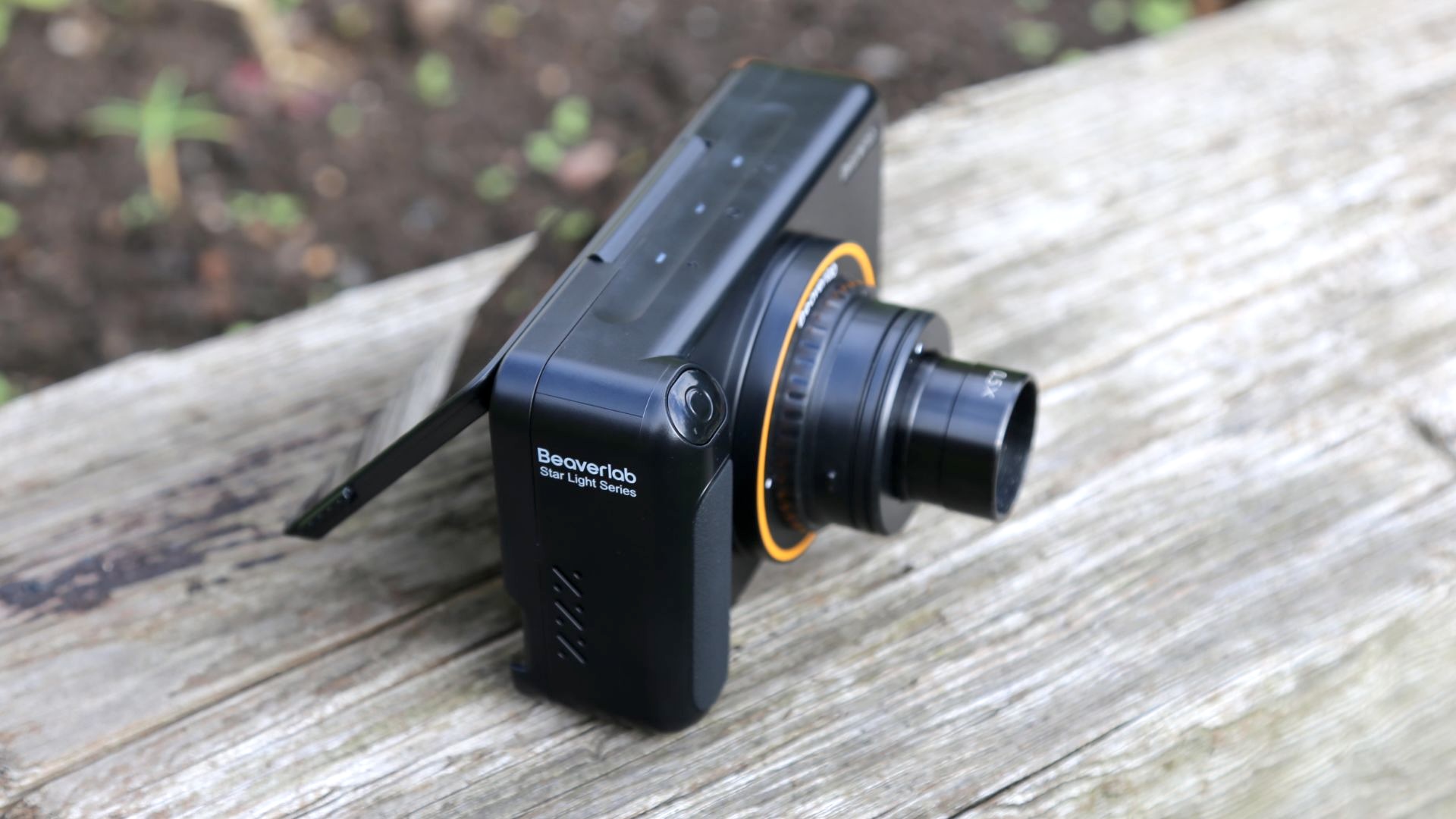


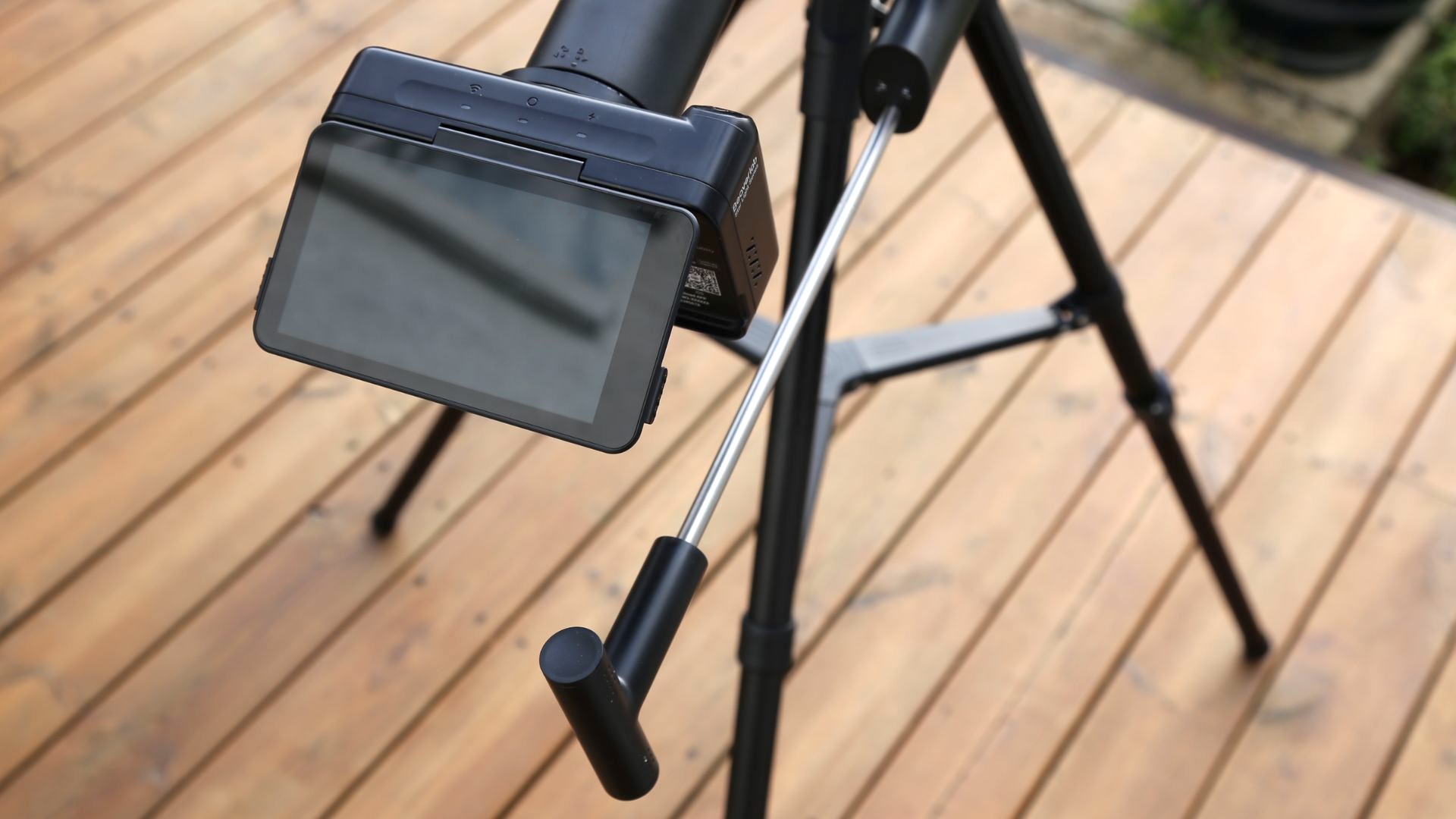
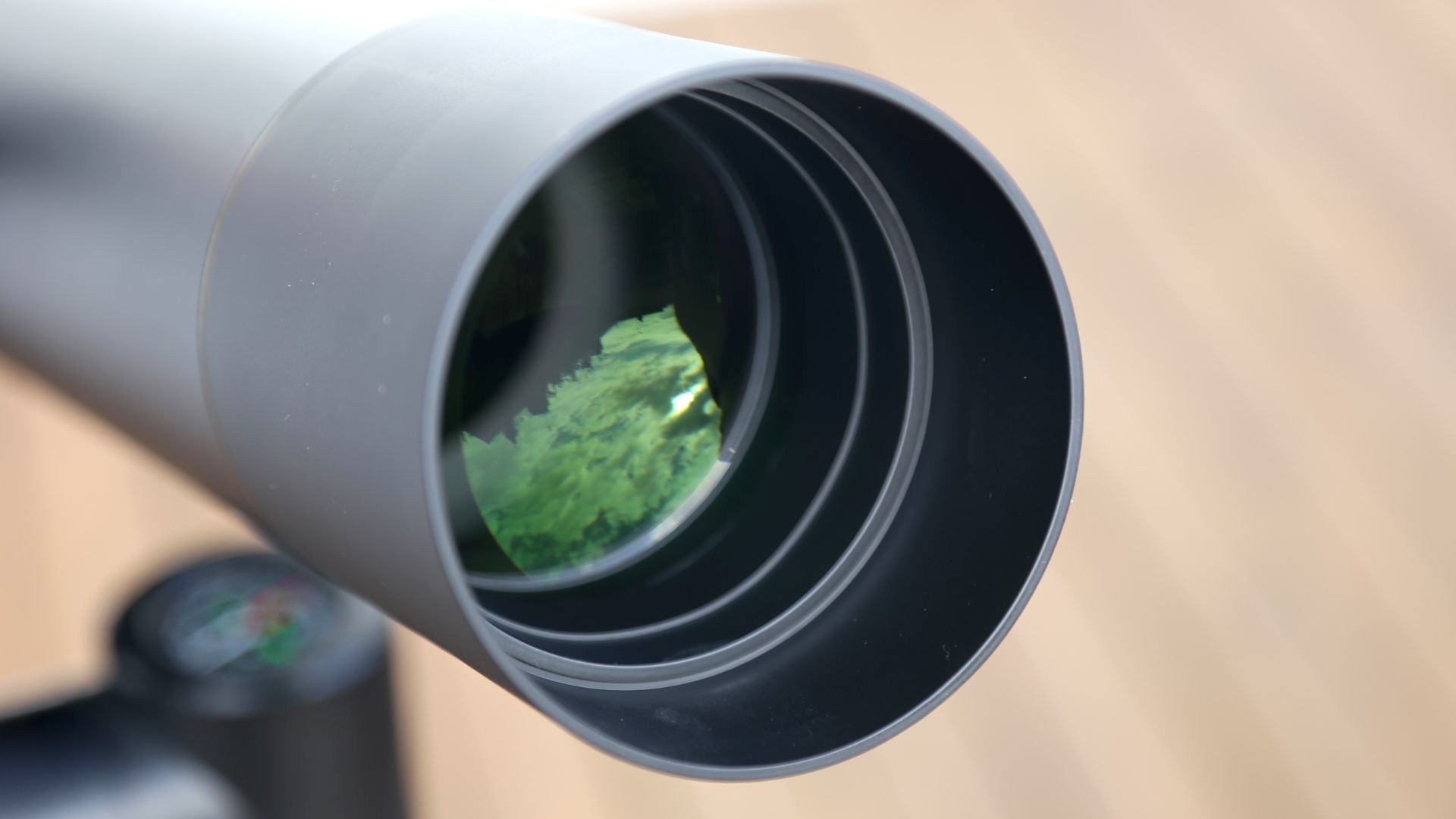
Checking out the Finder TW2's key features might have you reaching for your credit card. A refractor telescope on a fold-up tripod that ships with a travel bag, the Finder TW2 comes with the Starlight DS1 camera, which has a five-inch fold-out touchscreen.
Get all the latest news, reviews, deals and buying guides on gorgeous tech, home and active products from the T3 experts
A swathe of AI-powered image processing algorithms are promised, but some provide clues about the Finder TW2's shortcomings. For instance, there's Chromatic Aberration Correction to minimize color distortion (a tell-tale sign of low-cost optics) and a Motion Compensated Temporal Filter to keep images sharp when the optics move (which often happens to lightweight telescopes).
What the DS1 does have, however, is some photo adjustment parameters, from exposure and contrast to ISO and brightness, which, in theory, makes it easy to extract top-quality images without having to use a computer to post-process data. All of this can be controlled by the Beaver app, which attaches to the Finder TW2's WiFi network.
Setup and use
The Finder TW2 offers an intriguing mix of features, but it has just as many puzzling limitations in practice. The standout accessory to this otherwise basic refractor telescope is a Starlight DS1 camera, which boasts a five-inch touchscreen that can record 4K video and 3840×2160 resolution still images.
Despite promising AI-powered image processing algorithms, the telescope lacks smart features like autonomous alignment with the night sky, making it necessary to manually navigate and lock onto targets.
The manual navigation process is challenging, with its poor quality components making it impossible to precisely control or point. The telescope droops when locked in place, and there are no fine-tuning controls to get an object in the center of its field of view.

However, once locked onto a target – in this case, the moon and sun (the latter using a solar filter in the box) – the Finder TW2 delivers good-looking but soft images and video. To get anything usable, you have to let this telescope settle. Move it into place so it's pointing at an object – which typically means aiming at a patch of sky just beyond your target – and allow the mount to droop into place. That's frustrating.
The touchscreen operations are similarly ill-advised, with the shutter button intorducing another unwelcome shake. Thankfully, the Beaver app can take images and video remotely. The AI and HDR modes appear to reduce the quality of lunar and solar images.
Transferring images to a computer is frustrating and frequently crashes the app or the camera's operating system.
Verdict
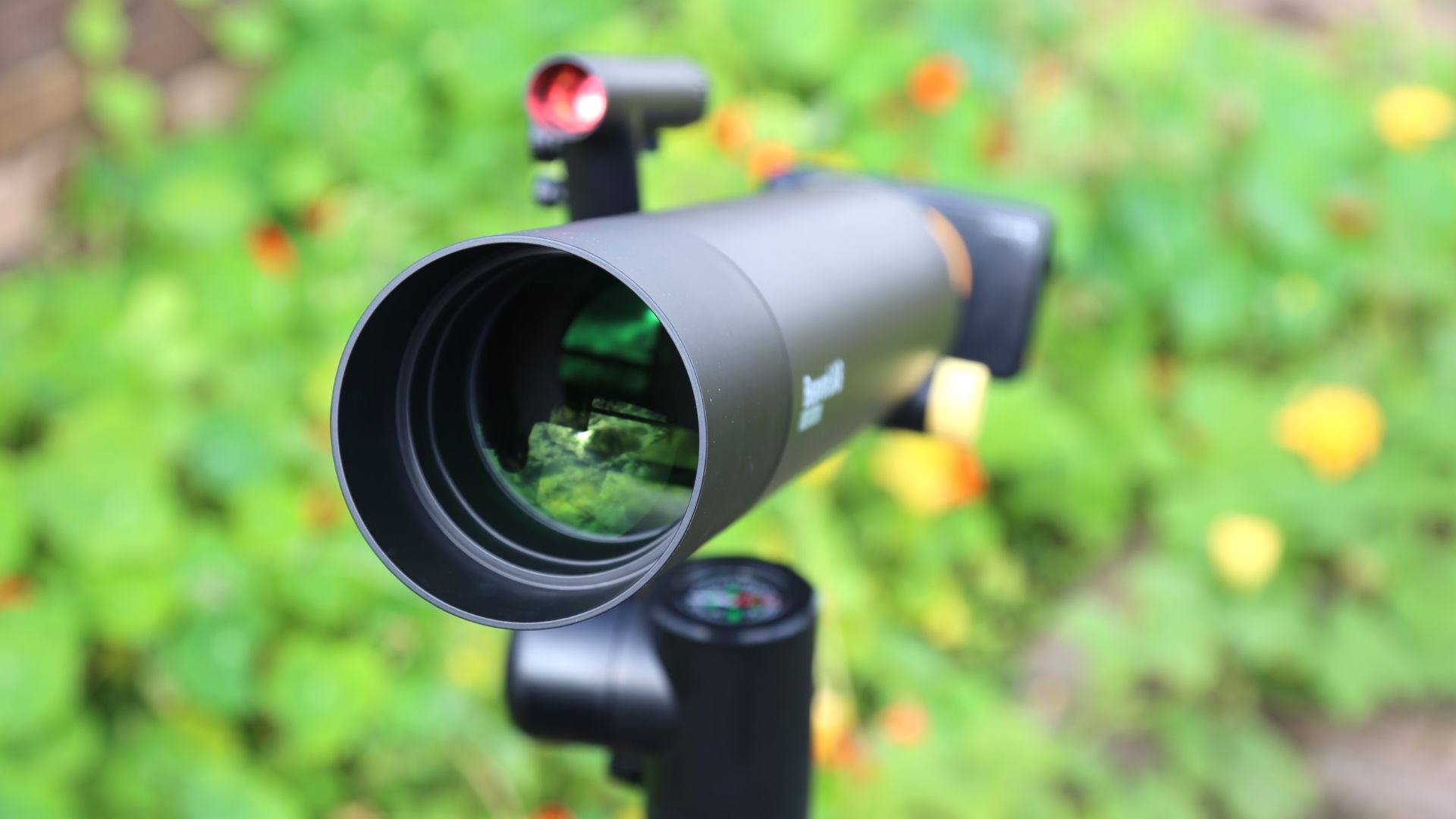
Like a lot of budget telescopes, the Finder TW2 over-promises. Its marketing is peppered with phrases like "intricate details of planets, stars, and distant galaxies like never before," "brings the universe's marvels into crystal-clear focus," and "the world’s first AI-enhanced telescope." The Finder TW2 doesn't live up to any of these claims.
It's designed to cater to those who want to attach a camera to the back of a telescope, but the Finder TW2 is only helpful for taking photos and videos of the moon and sun. Its lack of an equatorial mount or motorized alt-azimuth mount means neither object can be tracked, so they quickly disappear from the field of view of the Finder TW2.
With no fine-tuning controls provided, getting them back into the field of view is a fiddly process. Despite being an exciting product, in theory, the Finder TW2 is limited and, besides, doesnt get anywhere close to the quality of the ZWO Seestar smart telescope, which sells for roughly the same price.
Also consider
If you're prepared to pay the price for the Finder TW2, you should be looking very seriously at the ZWO Seestar S50, a low-cost smart telescope that images the moon and sun in two-megapixels but does so much more. Unlike the Finder TW2, it has a motor that automatically slews to deep-sky targets and can be operated entirely within an app. It's a 2-inch/50mm aperture refractor, smaller than the Finder TW2, but don't let that put you off; it's far superior.
For something sleeker and with a more Apple-like design, the Vanois Vespera 2 – also a 2-inch/50mm aperture refractor – has a better app, achieves 6.2-megapixel resolution images, and includes a feature that allows you to take panoramic photos of the night sky to best capture iconic large objects in the deep sky, such as the Andromeda Galaxy.
Jamie is a freelance journalist, copywriter and author with 20 years' experience. He's written journalism for over 50 publications and websites and, when he's not writing, spending most of his time travelling – putting the latest travel tech through its paces.

